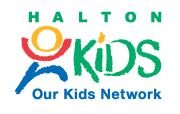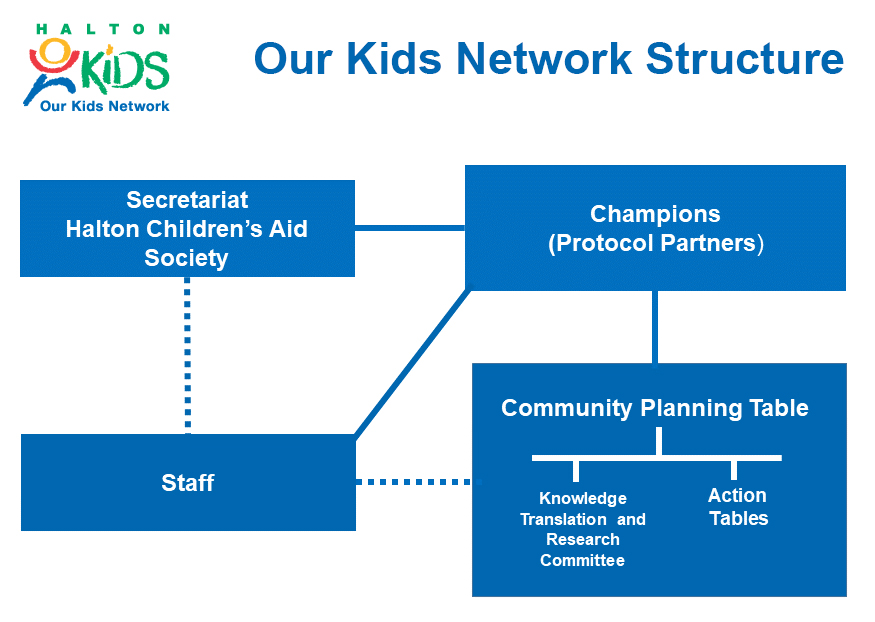Data To Action
Belonging and Connectedness for Halton Youth
Do young people in Halton have strong relationships and a sense of belonging, and how can we help them feel connected?

Findings reflect the responses of 1915 youth in the 13 to 18 age range.
Turn the Data into Action
The findings from the HYIS provide our community with new, comprehensive data, informed by a youth engagement strategy, and validated by youth from across Halton. Now, it is time for organizations serving youth in Halton to move the data into action.
How can we support a sense of belonging for all youth in Halton and develop networks of strong relationships with young people?
Step 1
Consider the conditions we want to see for youth belonging and relationships in Halton.
The findings from the HYIS suggest three key conditions we should strive for:
- Inclusive communities that foster a strong sense of belonging for all youth
- Multiple opportunities for youth to develop and maintain supportive, positive relationships
- Youth-friendly environments that support and engage all youth
Step 2
Explore and share the findings. More data can be found on the OKN Data Portal.
Have conversations about what the results mean, and how we can work together in Halton to respond to these findings.
Step 3
How we achieve these outcomes will be determined by the actions we take, individually in our respective work, and collaboratively as a community. The Data Actions below are designed to guide discussion at your organization.
Inclusive communities that foster a strong sense of belonging for all youth
- In what ways do your programs and services reach youth of all backgrounds and create spaces where youth can connect with one another and their community, such as at schools, libraries, parks, recreation centres and virtual spaces?
- In what ways is your organization supporting authentic youth engagement and creating safe spaces for youth voices?
- What does belonging mean to the young people you work with and how can they be part of shaping the work of your organization?
Multiple opportunities for youth to develop and maintain supportive, positive relationships
- In what ways can your organization prioritize developmental relationships with youth, such as sharing power and expanding possibilities, and what does that look like?
- What are some daily reminders or actions you can share with your team or place around your office to positively connect with youth, such as acknowledging their successes, inquiring about their interests, and connecting them with others?
- How can we partner with others to intentionally build a strong network of positive relationships with and for youth?
Youth-friendly environments that support and engage all youth
- In what ways are youth able to make and inform decisions, be leaders and have their voices heard in the work of your organization?
- Do young people have opportunities to connect with like-minded youth across programs or different youth within programs to foster a web of relationships?
- What activities would reach youth of a variety of backgrounds, interests, and abilities so all youth feel represented and welcomed in their community?
- Some young people may feel more isolated than others, including girls, non-binary youth, and Indigenous youth. What are the ways in which your organization can connect with those youth?
As you take the steps to move the data into action, consider reflecting on what we still need to understand.
- Is something missing from these key findings?
- Has your organization identified an area that should be explored further?
- How can we work together to address these knowledge gaps?
Limitations
- These findings cover only responses of youth in the 13-18 age range
- Open invitation sampling strategy (non-probabilistic)
- Sample is not necessarily representative of all children and youth living in Halton.
- It is not possible to determine a response rate.
- However, considering the geographic coverage and the size of the final sample, it’s fair to assume that we have a reasonably good cross-section of children and youth living in Halton.
- A higher degree of diversity within this sample calls for caution when interpreting overall ratios. For more details on the composition of the sample see the sociodemographic table
- The data are meant to provide a snapshot of youth wellbeing during COVID, and caution should be used when comparing across time.
- While each indicator is important, using multiple indicators as evidence of strengths and needs provides a more comprehensive representation
- This is a self-report survey and several types of response bias have been identified related to self-report surveys. Use caution when interpreting the findings






